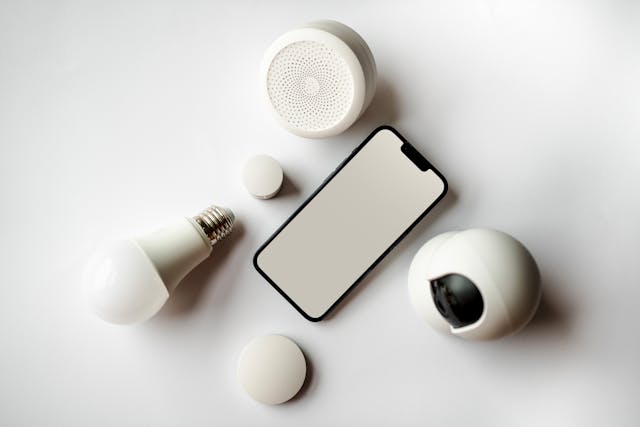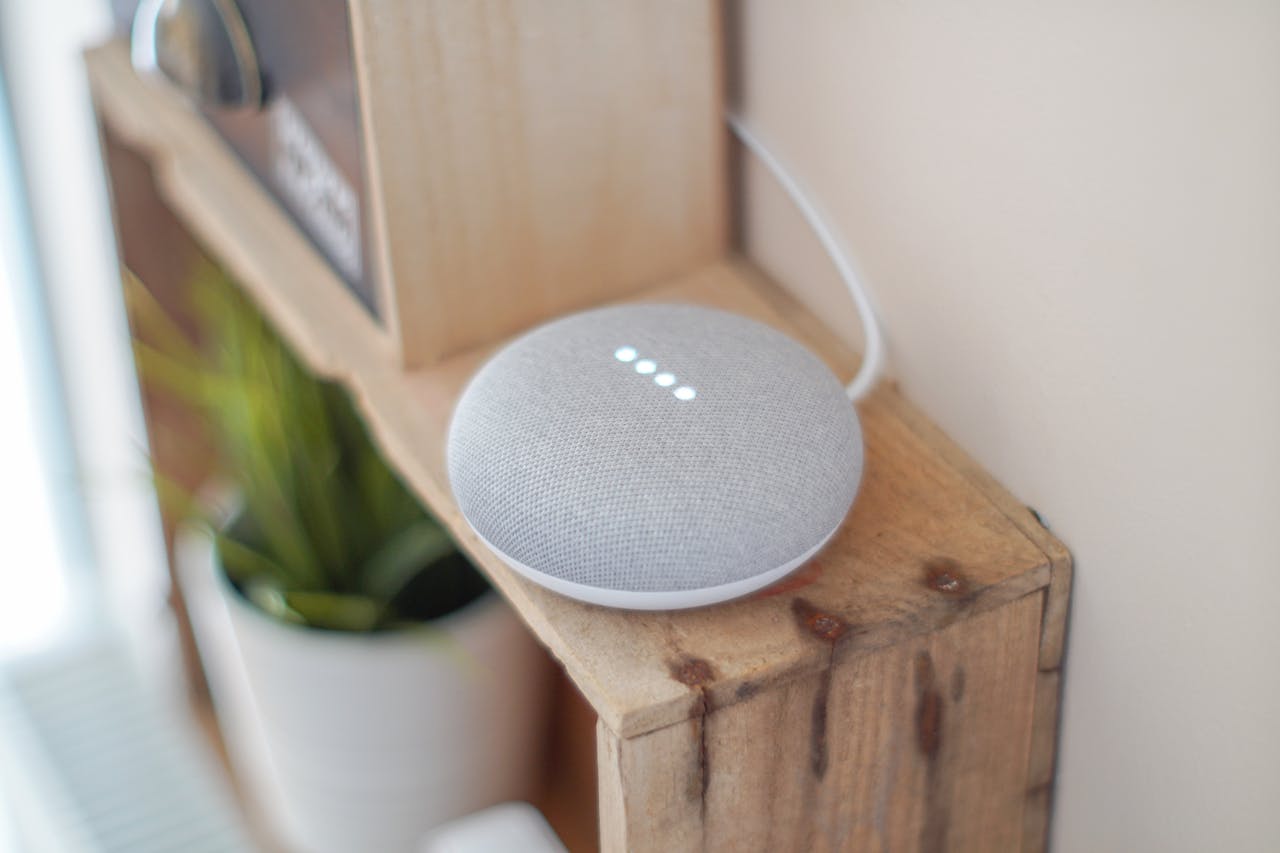Welcome to the future of living, where your home can anticipate your needs and adapt to your lifestyle with just a few taps on your smartphone! Smart home automation has revolutionized the way we interact with our living spaces, making them more convenient, efficient, and secure. However, as exciting as this technology is, diving headfirst into smart automation can sometimes lead you down a slippery slope of common pitfalls that many homeowners encounter. From choosing incompatible devices to overlooking security measures, these missteps can turn what should be an enjoyable upgrade into a frustrating experience. In this blog post, we’ll shine a light on the most frequent mistakes people make when automating their homes and provide you with practical tips to navigate around them—ensuring that your journey into smart living is smooth sailing from start to finish! Let’s get started on avoiding those pesky pitfalls together.
Buying Too Much Too Fast
It’s easy to get excited and want to smarten up your whole house overnight. One smart plug turns into five, then suddenly you’ve got sensors, cameras, and gadgets everywhere—and no clue how they all work together. Start small. Pick one or two things that will make your life easier. Maybe it’s a smart thermostat or a speaker with voice control. Once you’re comfortable with those, you can build from there without getting overwhelmed.
Not Thinking About Compatibility
One of the biggest mistakes people make? Buying devices that don’t play nice with each other. You grab a light system that only works with Google Home, a doorbell made for Alexa, and a camera that’s on its planet. Now you’re juggling three different apps and nothing’s synced. Before you buy anything, check which platforms it supports—Google Assistant, Alexa, Apple HomeKit, or something else. It’s much easier to manage if your gadgets live in the same ecosystem.

Skipping the Setup Instructions (Guilty)
We’ve all done it. You unbox the shiny new gadget and think, “I got this.” Five minutes later, you’re annoyed, it’s not working, and you’re blaming the tech. The truth? Skipping the instructions is often the issue, not the device. Take a few extra minutes to actually follow the setup steps. Many smart devices walk you through the process in their apps, and a little patience up front saves a lot of hassle later.
Forgetting About Your Wi-Fi
Your smart home is only as smart as your internet connection. If your Wi-Fi is spotty or overloaded, devices might drop offline, lag, or just stop working altogether. That smart doorbell isn’t much help if it cuts out every time someone rings it. Make sure your router can handle the extra devices, especially if you’re adding cameras or speakers. You might need a Wi-Fi extender or mesh network if you’ve got dead zones in your house.
Ignoring Privacy and Security Settings
This one’s big. When you bring smart tech into your home, you’re also opening a digital door. Leaving default passwords, ignoring privacy settings, or skipping updates can make you an easy target for hackers. Always change default login info, keep your firmware updated, and be mindful of what devices are collecting. If a device doesn’t need access to your mic or camera—don’t give it access.

Automating for the Sake of It
Just because you can automate something doesn’t mean you should. Setting your lights to blink every time you get a text might sound fun… until it’s 11 p.m. and your bedroom turns into a rave. Think about how automation fits your lifestyle. Use it to simplify your day—not add weird new quirks to your routine. Focus on the stuff that genuinely makes your home more comfortable or secure. Home automation is supposed to make your life easier, not more complicated. But without a little planning, it’s easy to fall into the trap of tech overload, compatibility chaos, or security slip-ups.
Start with what you really need, stick to devices that work well together, and always stay on top of updates and settings. With the right approach, your smart home can be smart—and help you live better, not just flashier.

